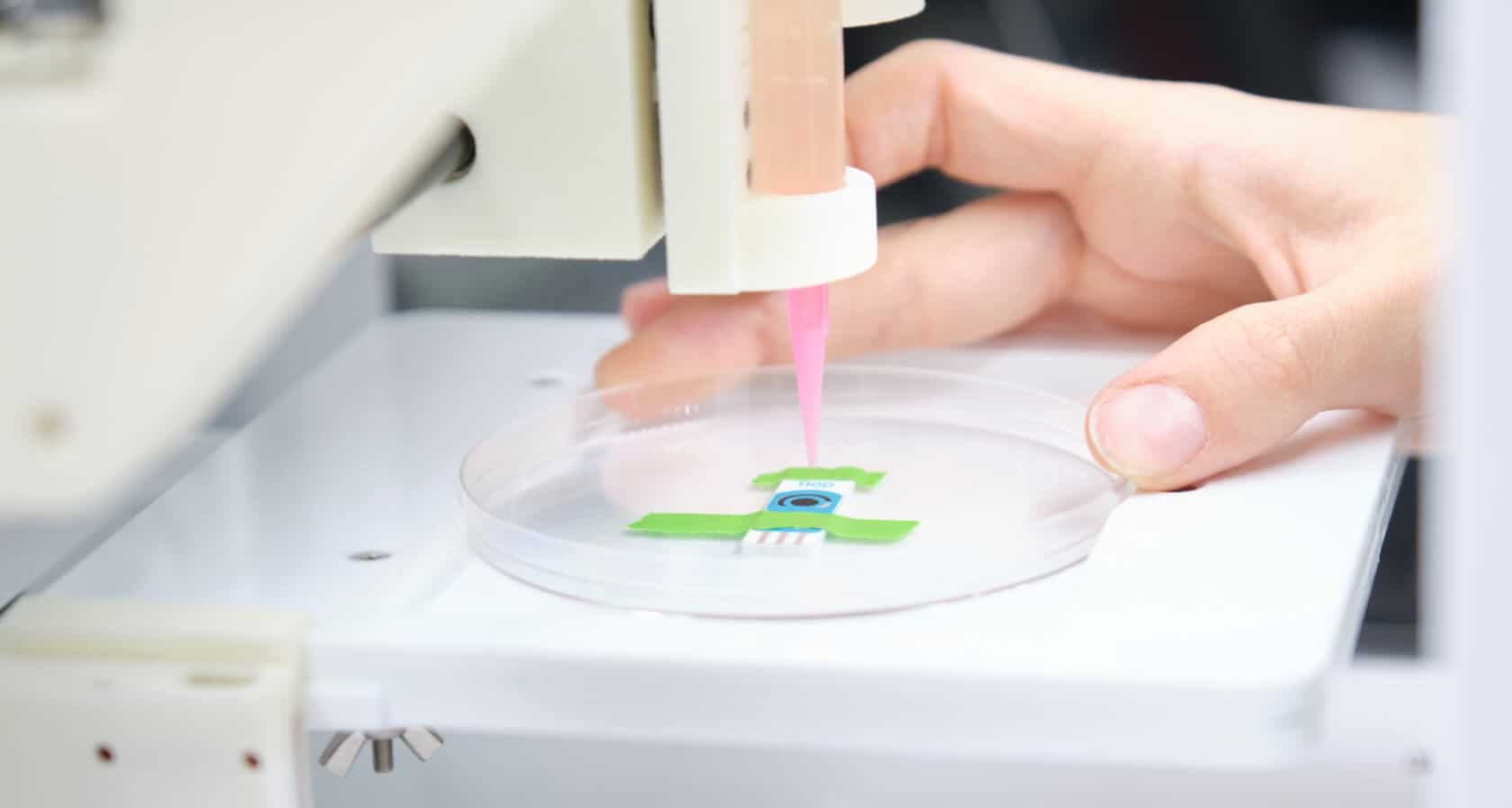Humans, due to several unfortunate circumstances, might be forced to remove or replace their organs. The lucky ones receive compatible organ transplants from organ donners. In some cases, it may be impossible to execute organ transplantations. That is surely devastating news that no one wants to hear. For several years, this has been a reality for many people. In the distant future, however, chances are people will replace organs with a custom-made 3D bio printed organ.
Many, but not all, people have enjoyed the best of modern medicine’s advancements since it emerged to the rescue of human lives. Higher life expectancies, cures for deadly diseases, treatments to health conditions, relief to painful body parts, and transplantations of failed body organs are all the fruits of the involvement of technology in the world of medicine.
3D bioprinting has already proven to be genuinely successful in a number of biomedical fields of applications, such as prostheses, dental implants, dental cast molds, and medical drugs. Nowadays, regenerative medicine is promising a distant future in which no one will ever have to worry about replacing critical organs in our bodies.
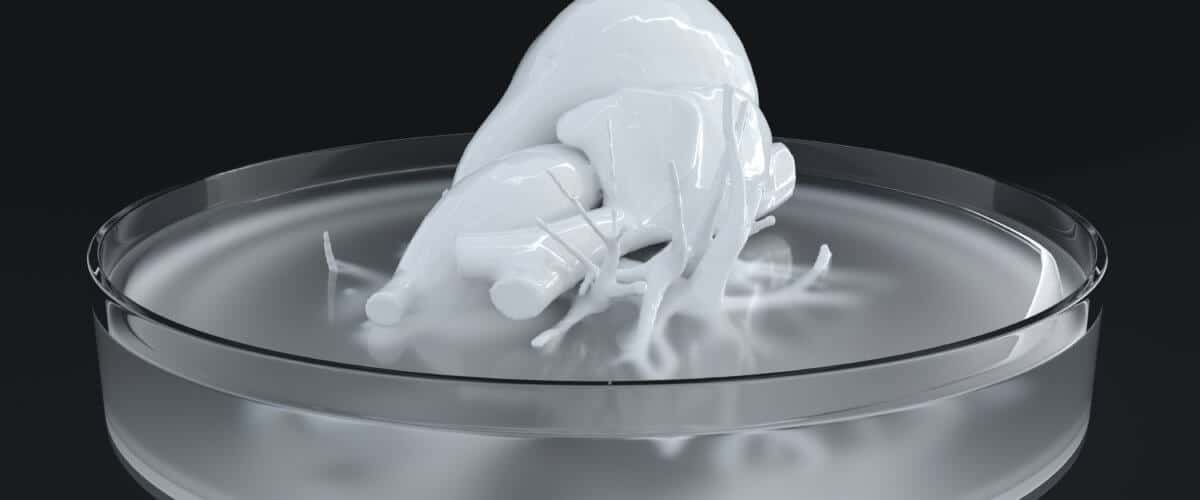
Ways to Make It Happen
Biomedical researchers were able to effectively create a 3D model for bladder, cartilage, and skin tissues and perform successful transplants in the 1990s. However, the 3D modeling of major organs was not practicable. In the 2010s a fully bioprinted 3D model of a kidney was created using steam cells that were taken from a human. However, the kidney model did not last for long. In the year 2020, a significant breakthrough was made when a 3D model of a tiny kidney was successfully printed and survived. Even though it’s still too early to make major organ transplants, it has made a remarkable edge in terms of paving the way for future advancements.
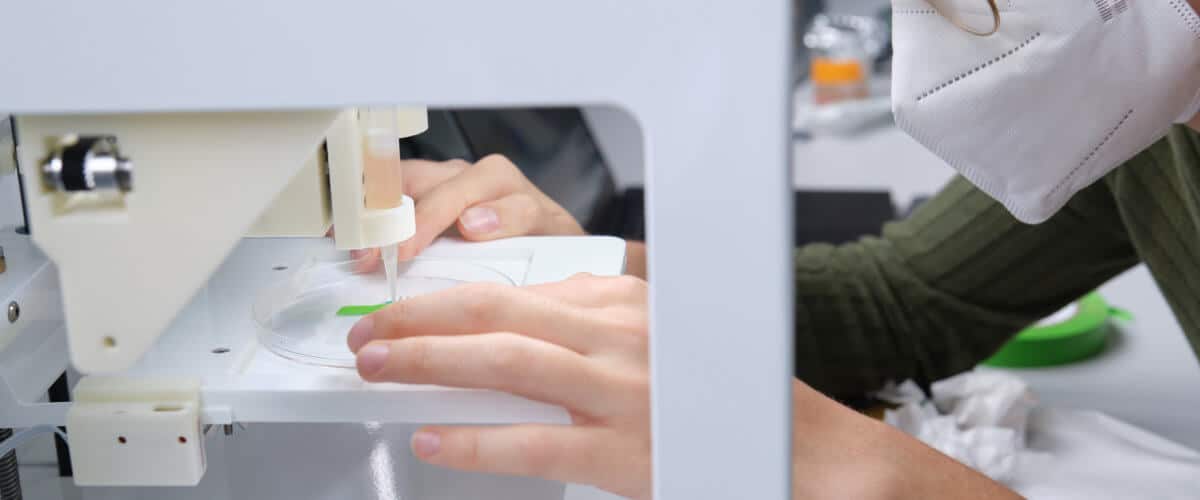
The Organ Printing Procedure
The procedure of bioprinting human organs is not the same as any other 3D printing technology. Other 3D printing technologies print out models of structures using plastics, metals, graphites, and carbon fiber. Bio printers, on the other hand, use bio-ink that contains biological matters to print out biological organs.
Bio ink containing living cells and essential nutrients is used to layer up tissues on top of one another to create a 3D model of living cells along with their bio-chemicals which mimics the natural state. After being printed, the printed organs should function as a natural organs, allowing nutrients to flow and tissues to regenerate. The overall procedure of bioprinting an organ is as follows:
- Defining the function of the 3D model
- Characterizing the details of creating layers of tissues according to the defined function of the model.
- Designing a 3D structure of the model
- Feeding the bio-printer with all the design protocols of living cells and biochemicals
- Allowing maturation process to culture the biochemicals fed into the bio-reactor
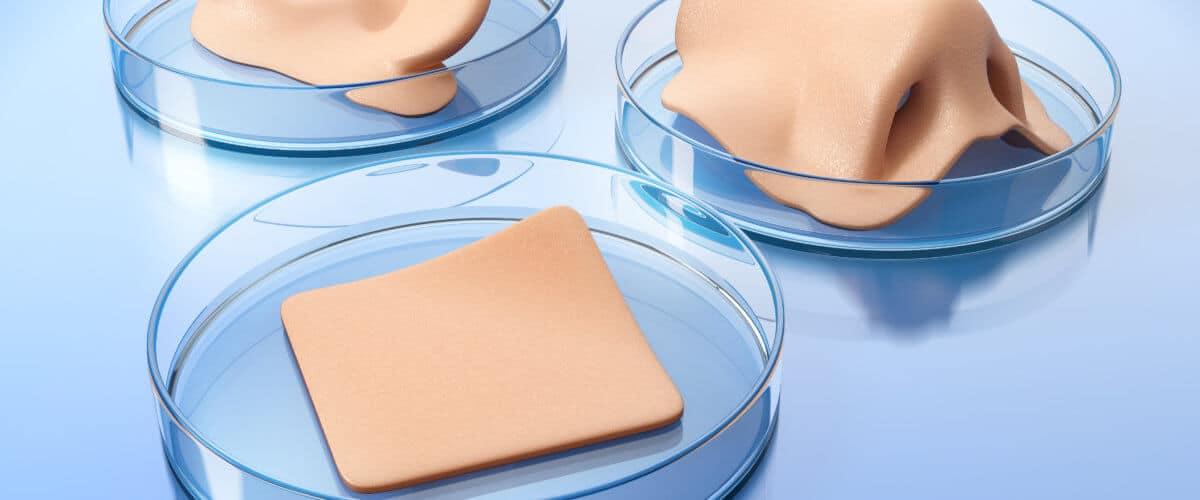
Benefits of Bioprinting Organs
The most essential benefit is that organ donors are not required at all. Many have lost their lives due to a lack of organ donors. Bio-printing technology is reassuring custom-made models of biological organs to be used. In addition, since bioprinted tissue models utilize living cells that are extracted from patients’ own cells, there won’t be risks of organ rejection.
Biochemical engineers are predicting, the technology will help in speedy discoveries of new drugs, as it can provide nature-like conditions for experiments by allowing multiple parameters of considerations. Hence, the very controversial, experimental tests that have been conducted on laboratory animals will be no longer be needed.
In addition, the practice can be used as an effective educational tool, during surgical training as surgeons can have the opportunity to calculate all possible odds prior to operations in a realistic 3D printed model.
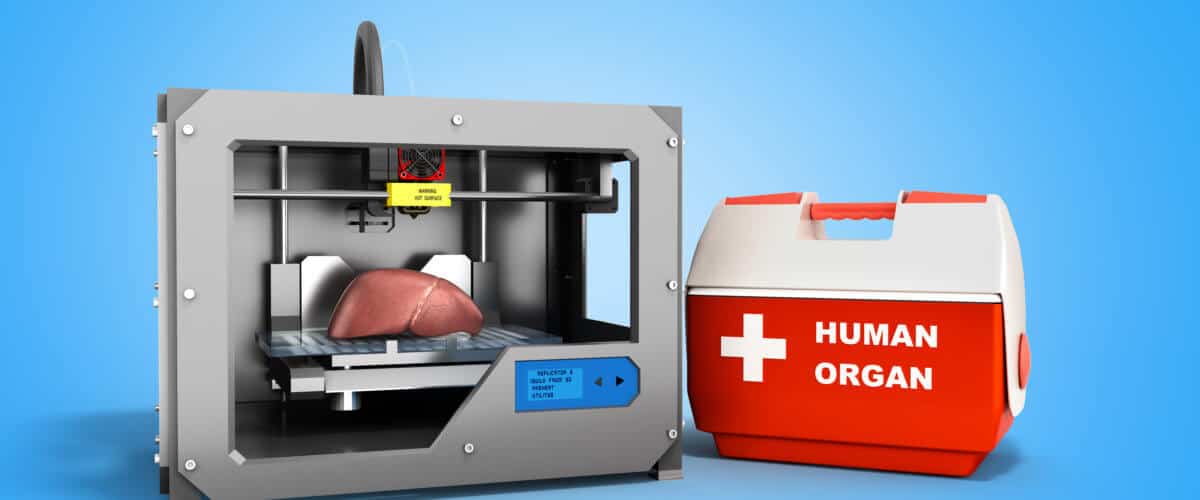
Combating Organ Trafficking
Organ transplanting is one of the most astonishing achievements of the medical field. However, due to the scarcity of supply of organs, according to several reports, criminal groups targeted underprivileged groups of the society for illegal organ trafficking.
The United Nations Office on Drugs and Crime (UNODC) urged for an action in 2015 to develop an internationally accepted definition of organ trafficking, as well as provisions for the criminalization of the practice, along with mechanisms for prevention, and to provide victim protection and assistance.
The good news is that bioprinting organs can be used as an excellent solution for combating organ trafficking as it can eventually avoid the need for receiving organs from humans. After all, why harvest humans’ organs when it’s possible to make a custom-made organ of one’s own.
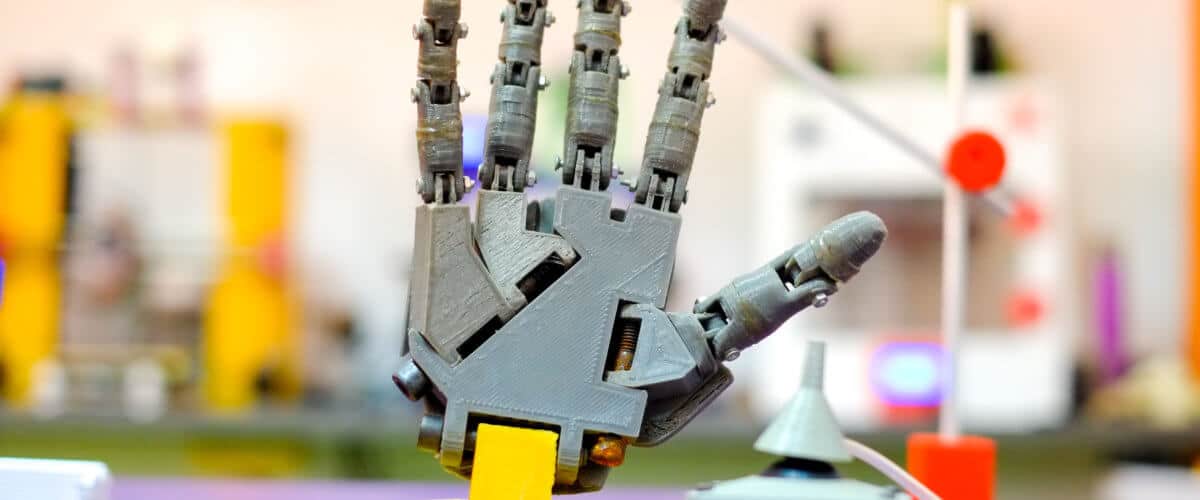
The Opportunity to Customize One’s Body
In times ahead, far from our times, when the technology reaches its peak accomplishment, it will surely give the opportunity for people with missing body parts to complete their missing parts like ears, noses, and other parts. People would no longer feel different or be treated as different. Additionally, people would also have the opportunity to redefine and reinvent their appearances. They would also get creative about their looks. To look however they feel is more definitive to themselves.
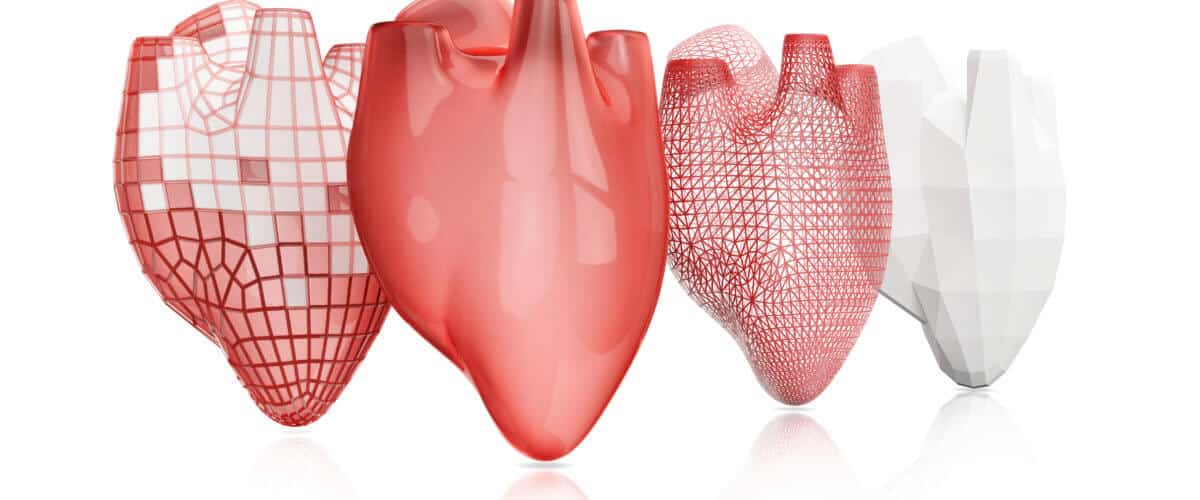
Present Day Challenges
At the current stage of development, bioprinting human organs is still a science-fiction scenario. There has never been a transplant of major organs, besides tissues of skins, bladder, and cartilage. This is due to the difficulty in replicating the complex bio-chemical environment of the human body. Furthermore, the nozzle of the bioprinters is extremely narrow to pass the high-density complex forms of biochemicals in the bio-ink solution.
Another downside of the technology is that it is absolutely expensive. This means it’s only beneficial to those who can afford it. Besides, due to the significant processing time for tissue growth, printing realistic 3D organs takes a long time.
It might sound insane but this could be a shot for humanity for having infinite access to keep living by printing and replacing unfunctional organs. Imagine the insane thought!
Photo: Ladanifer/shutterstock
You might also like:
Support us!
All your donations will be used to pay the magazine’s journalists and to support the ongoing costs of maintaining the site.
Share this post
Interested in co-operating with us?
We are open to co-operation from writers and businesses alike. You can reach us on our email at [email protected]/[email protected] and we will get back to you as quick as we can.
